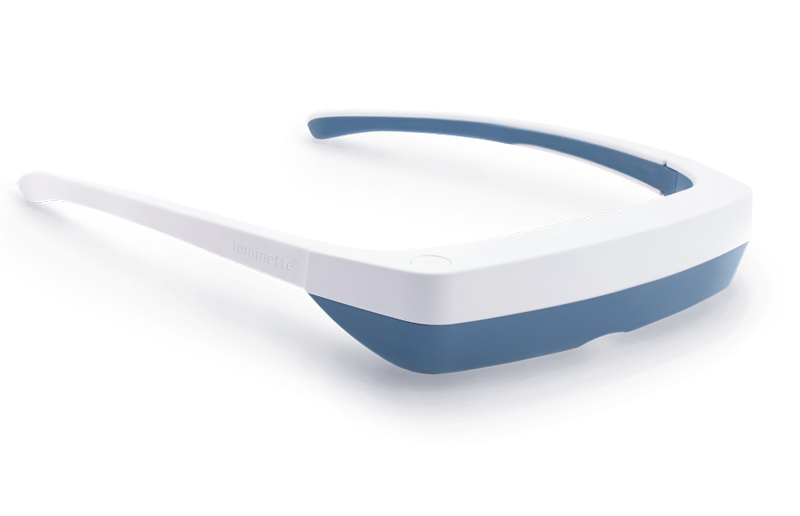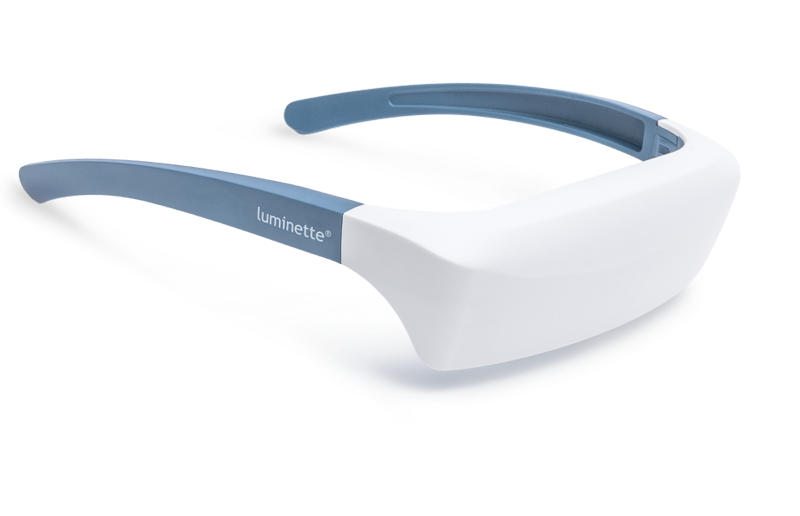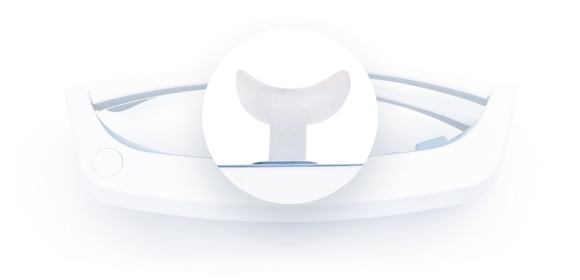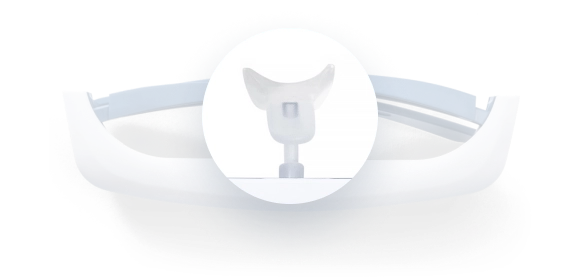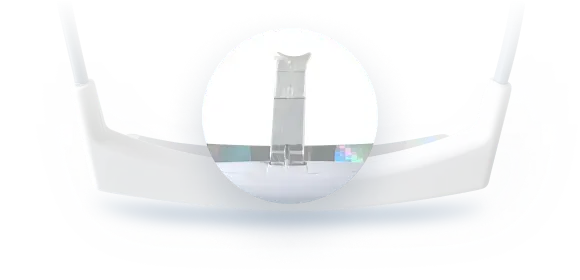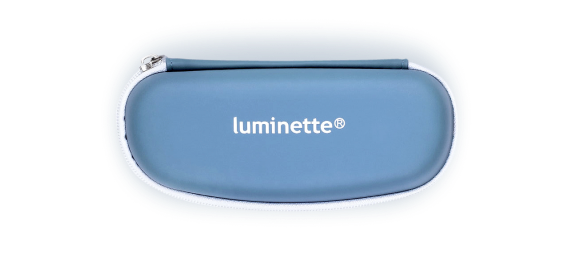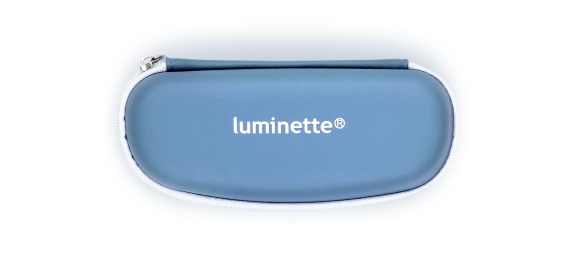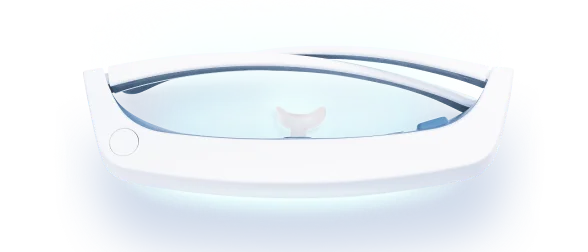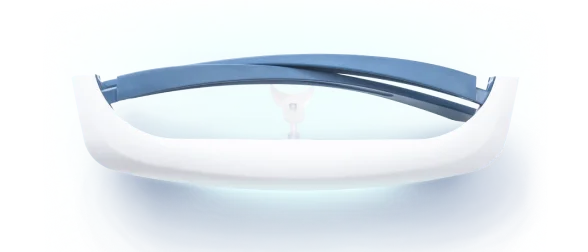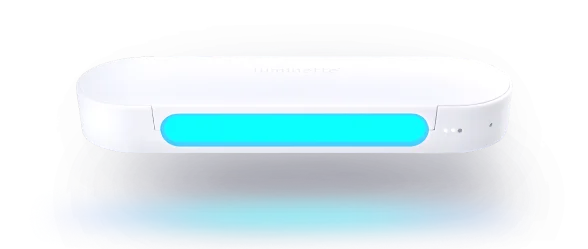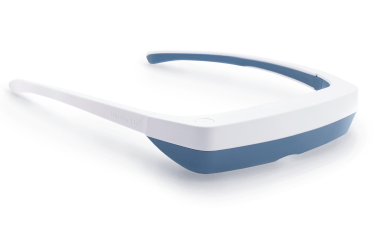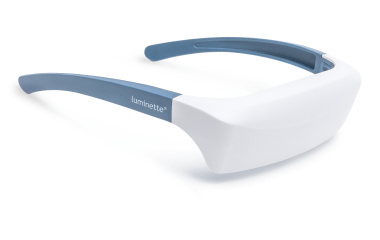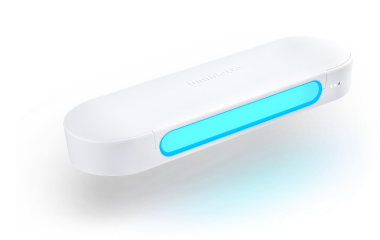Circadian light therapy, also commonly referred to as light therapy for circadian rhythm, is a noninvasive treatment method that is specifically designed to assist the body in regulating its internal clock, thereby improving the individual's overall well-being. This unique therapy operates by emulating the conditions of natural daylight. By doing so, it is able to effectively reset the body's circadian rhythms, which govern our sleep-wake cycles. The benefits of resetting these rhythms are numerous and include promoting better quality sleep, enhancing one's mood, and boosting energy levels. In essence, circadian light therapy can play a pivotal role in improving a person's quality of life by addressing a fundamental aspect of our biology - our body's natural internal clock.
What is Circadian Light Therapy?
Circadian light therapy harnesses the power of light to regulate your body's internal clock, also known as the circadian rhythm. This therapy employs specific wavelengths and intensities of light to simulate natural daylight, helping to adjust your sleep-wake cycle. It's particularly beneficial for those who struggle with sleep disorders, seasonal mood swings, or the effects of jet lag.
This type of therapy isn't just about exposure to any light; it's about the right kind of light at the right time. The goal is to mimic natural light patterns to help reset your internal clock, promoting better sleep and overall well-being.
History of Circadian Light Therapy
The concept of using light to influence human health isn't new. It dates back to ancient civilizations that understood the healing power of sunlight. However, circadian light therapy as we know it began to gain traction in the late 20th century. Researchers discovered that light plays a crucial role in regulating melatonin production, a hormone that controls sleep.
In the 1980s, scientists started to explore light therapy as a treatment for winter blues. This paved the way for further research into how light affects our circadian rhythms. Today, circadian light therapy is used to treat various conditions beyond seasonal mood swings, including sleep disorders, jet lag, and even anxiety.
How Does Circadian Light Therapy Work?
Circadian light therapy works by exposing you to bright light that mimics natural sunlight, typically during the morning hours. This light helps to reset your internal clock by signaling to your brain that it's time to wake up and be alert. The light used in circadian light therapy usually has a higher intensity than regular indoor lighting, measured in lux.
When you wake up and expose yourself to circadian lighting, your body reduces melatonin production and increases cortisol levels, making you feel more awake and energized. Conversely, reducing light exposure in the evening helps prepare your body for sleep by increasing melatonin production.
The timing, intensity, and duration of the light exposure are tailored to your specific needs. For those using this therapy for sleep disorders, it's essential to follow a consistent routine to achieve the best results.
Benefits of Circadian Light Therapy
Circadian light therapy offers numerous benefits for both physical and mental health. By mimicking the natural light patterns of the sun, this therapy can significantly improve various aspects of your well-being. Here are some of the most significant advantages:
Improved Sleep Quality:
Circadian light therapy can help regulate your sleep-wake cycle, leading to better sleep quality and duration. By aligning your internal clock with natural light patterns, you'll find it easier to fall asleep and wake up refreshed. This regularity can also reduce instances of insomnia and other sleep disorders, making your nights more restful and your days more productive.
Enhanced Mood:
Exposure to bright light can boost the production of serotonin, a neurotransmitter that regulates mood. This makes circadian light therapy effective in treating winter blues and other forms of mood disorders. Consistent exposure to the right type of light can help stabilize your mood, reduce symptoms of anxiety, and even improve overall emotional well-being.

Increased Energy Levels:
Regular use of circadian light therapy can help increase your energy levels throughout the day. By syncing your internal clock with daylight, you'll experience fewer energy slumps and feel more alert and focused. This can be particularly beneficial for those who suffer from chronic fatigue or low energy, enabling them to maintain a higher level of productivity and engagement in daily activities.
Reduced Jet Lag:
Frequent travelers can benefit from circadian light therapy to minimize the effects of jet lag. By adjusting your light exposure before and after your trip, you can help your body adapt more quickly to new time zones. This can result in quicker recovery from travel fatigue, allowing you to enjoy your travels or return to your routine with minimal disruption.
Support for Shift Workers:
Those who work irregular hours can use circadian light therapy to help regulate their sleep patterns. By strategically using light exposure, shift workers can improve their sleep quality and overall well-being. This can lead to better job performance, reduced health risks associated with irregular sleep schedules, and an improved balance between work and personal life.
Circadian light therapy is a powerful tool that leverages the natural rhythms of daylight to enhance your health. Whether you're looking to improve sleep, boost your mood, increase energy, combat jet lag, or support a non-traditional work schedule, this therapy can offer substantial benefits to your daily life.
Research Studies
Numerous research studies support the effectiveness of circadian light therapy. One study published in the Journal of Clinical Sleep Medicine found that participants who used light therapy for two weeks experienced significant improvements in sleep quality and mood.
Another study in the American Journal of Psychiatry reported that light therapy effectively reduced symptoms in patients with SAD.
Research also indicates that circadian light therapy can benefit individuals with dementia. A study in the Journal of Alzheimer's Disease found that light therapy improved depressive symptoms in older patients with dementia.
How to Use Circadian Light Therapy with Luminette 3 Glasses
To harness the benefits of circadian light therapy, Luminette offers a convenient solution with their Luminette 3 Light Therapy Glasses. Here's how to use them effectively:
-
Choose the best time for therapy: It is recommended to use the Luminette 3 glasses in the morning or during the desired waking time to help reset the circadian rhythm. Use them for about 20-30 minutes daily.
-
Wear the Luminette 3 glasses: Put on the Luminette 3 glasses just like a regular pair of glasses. They are ergonomically designed to be lightweight and comfortable for extended use.
-
Adjust the intensity: The Luminette 3 glasses come with adjustable intensity settings to suit individual preferences. Start with lower intensity and gradually increase as needed.
-
Continue daily use: Consistency is key when using circadian light therapy. Incorporate the use of Luminette 3 glasses into your daily routine to experience the full benefits of the therapy.

Possible Side Effects and Precautions
While circadian light therapy is generally safe and well-tolerated, it is important to be aware of possible side effects and take necessary precautions. Some potential side effects may include headache, eye strain, and mild visual disturbances. These side effects are typically temporary and subside with regular use.
You can choose to consult a healthcare professional before starting any new therapy, especially if you have questions about eye comfort, light sensitivity, or medications that may affect your experience with light exposure.
For people who often drive, our device is a Luminette Drive: a portable light therapy lamp
For individuals who spend a significant amount of time driving, Luminette offers a portable Luminette Drive. This innovative device allows users to experience the benefits of circadian light therapy even on the go.
The Luminette Drive is designed to be easily attached to the car's sun visor, providing a convenient and effective solution for regulating circadian rhythms during long drives. By incorporating circadian light therapy into their daily commute, individuals can improve alertness, mood, and overall well-being.
Conclusion
Circadian light therapy, with its ability to regulate the body's internal clock, offers a multitude of benefits for sleep, mood, and energy. By using devices like the Luminette 3 Light Therapy Glasses and Luminette Drive, individuals can easily incorporate light therapy into their daily routines and optimize their circadian rhythms.
It is important to remember that while circadian light therapy can be highly effective, it is always recommended to consult a healthcare professional and follow the instructions provided by the manufacturer.
FAQ
What is circadian light therapy, and how does it benefit my circadian rhythm?
Circadian light therapy syncs your internal body clock, enhancing sleep and well-being. Luminette offers convenient solutions like the Luminette 3 Light Therapy Glasses and Light Therapy Lamp: Luminette Drive for effective circadian rhythm support.
How do Luminette 3 Light Therapy Glasses differ from traditional light therapy lamps?
Luminette 3 is portable and wearable, unlike stationary lamps. It integrates circadian light therapy into your daily activities, offering a flexible way to boost your well-being on the go.
Can circadian light therapy with Luminette products help with sleep issues and jet lag?
Absolutely! Luminette 3 and Luminette Drive regulate your circadian rhythm, aiding sleep problems and minimizing jet lag effects. Integrate them into your routine for improved sleep quality and faster adjustment to new time zones.
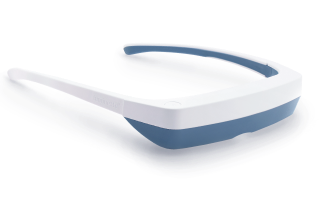
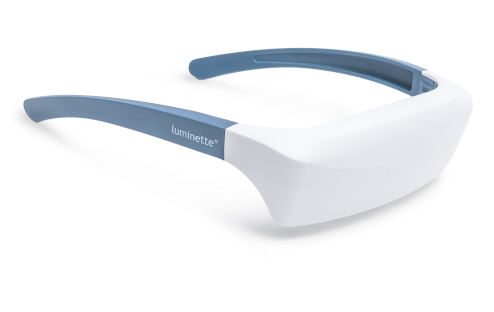
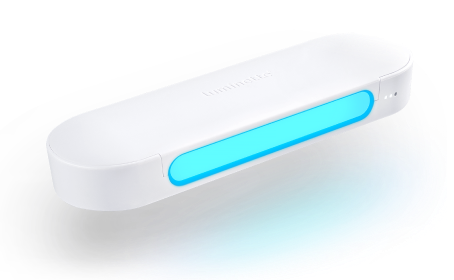
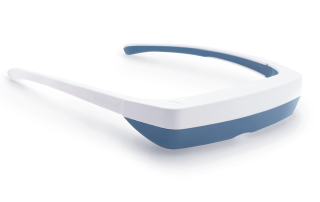
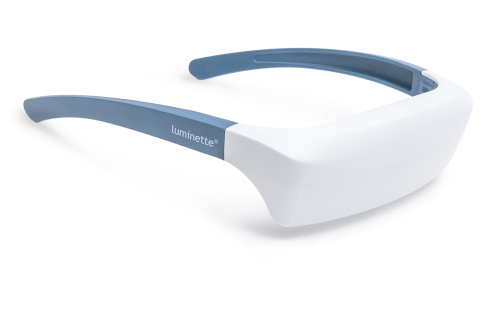
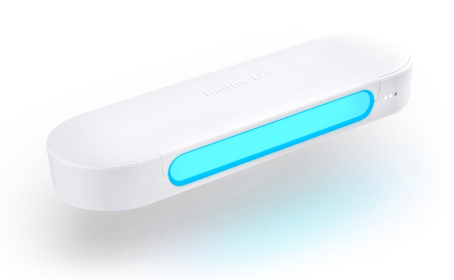
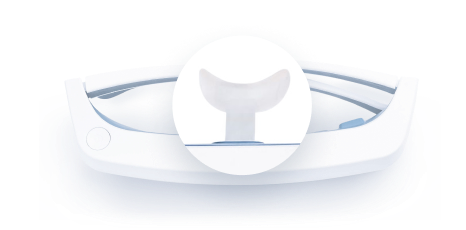
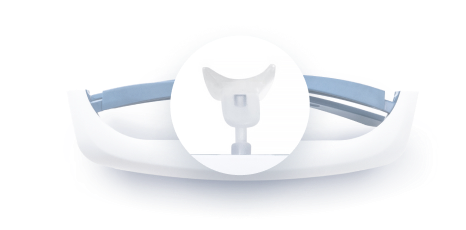
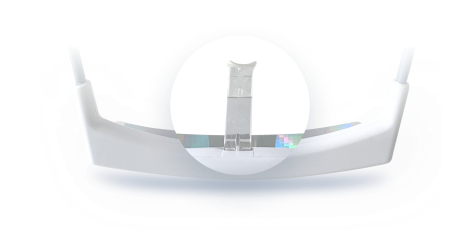
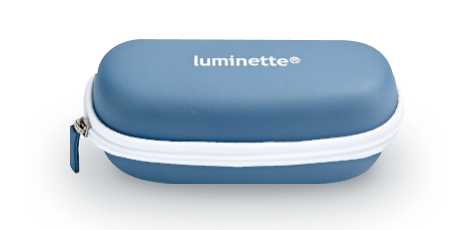
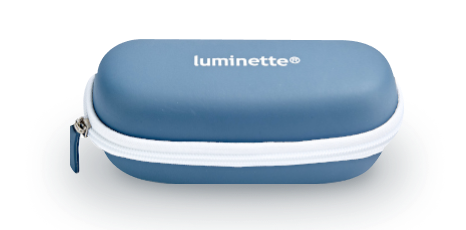





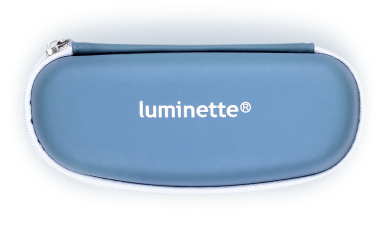
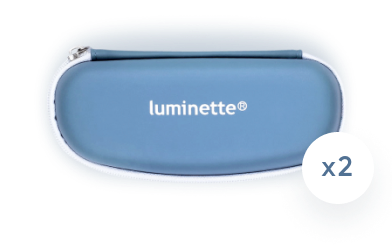
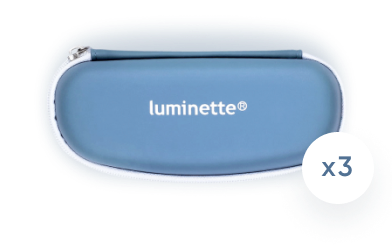
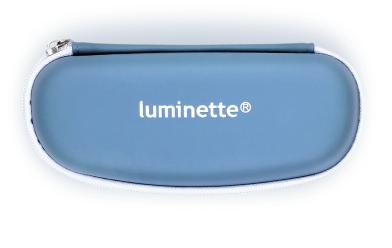
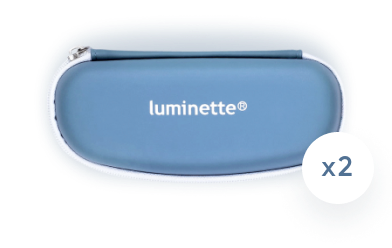
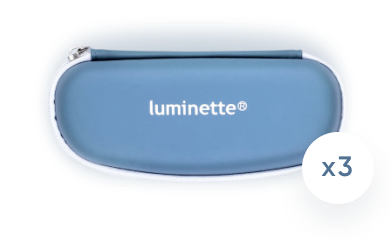
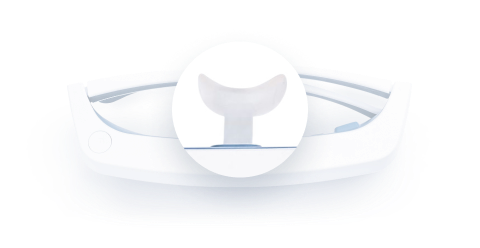
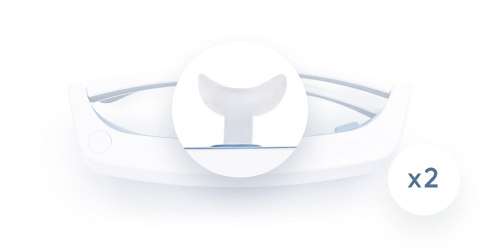
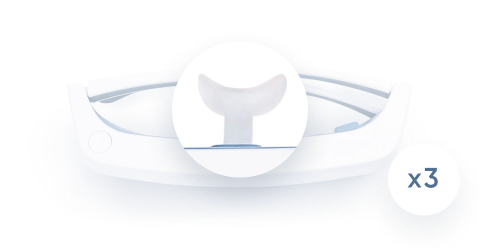
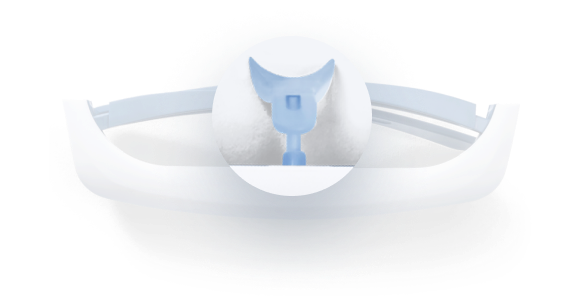
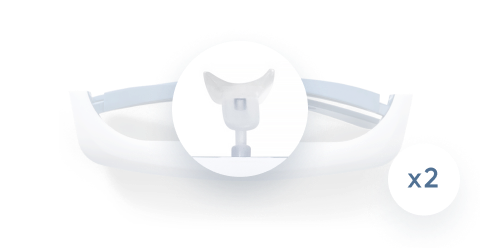
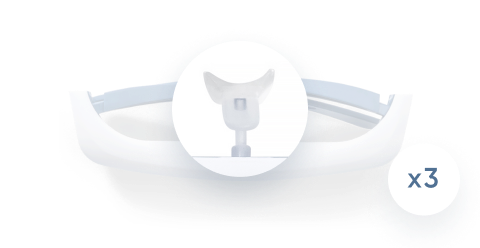
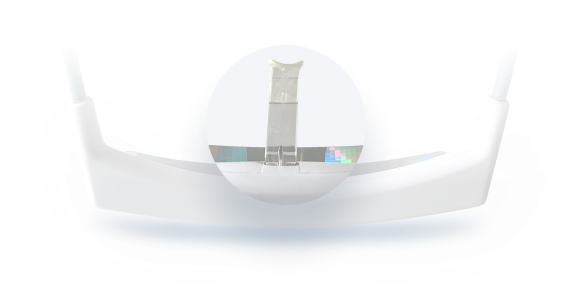
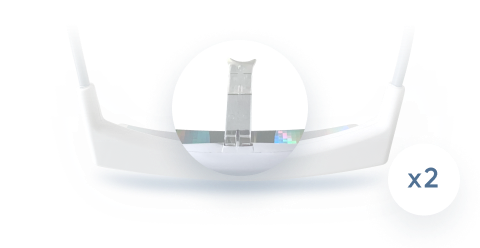
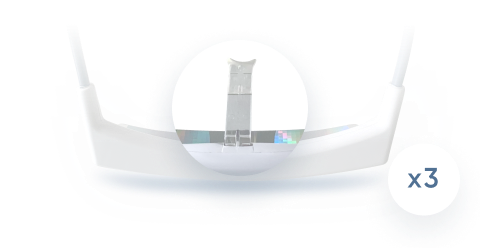
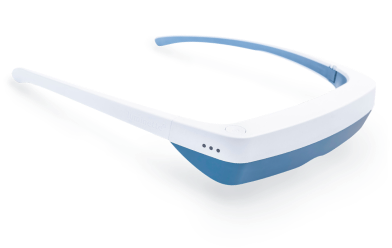
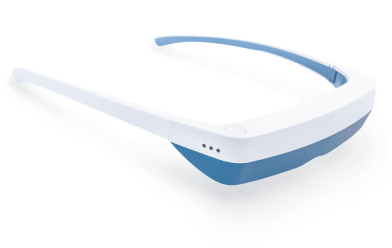
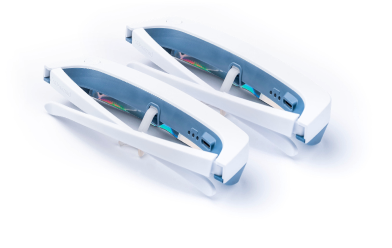
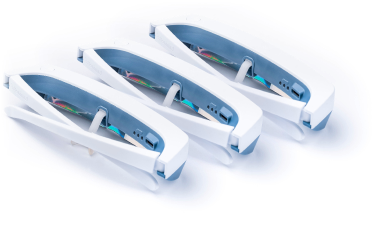
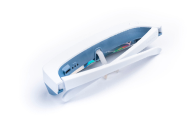
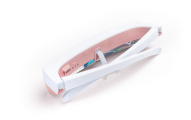
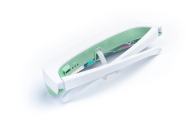
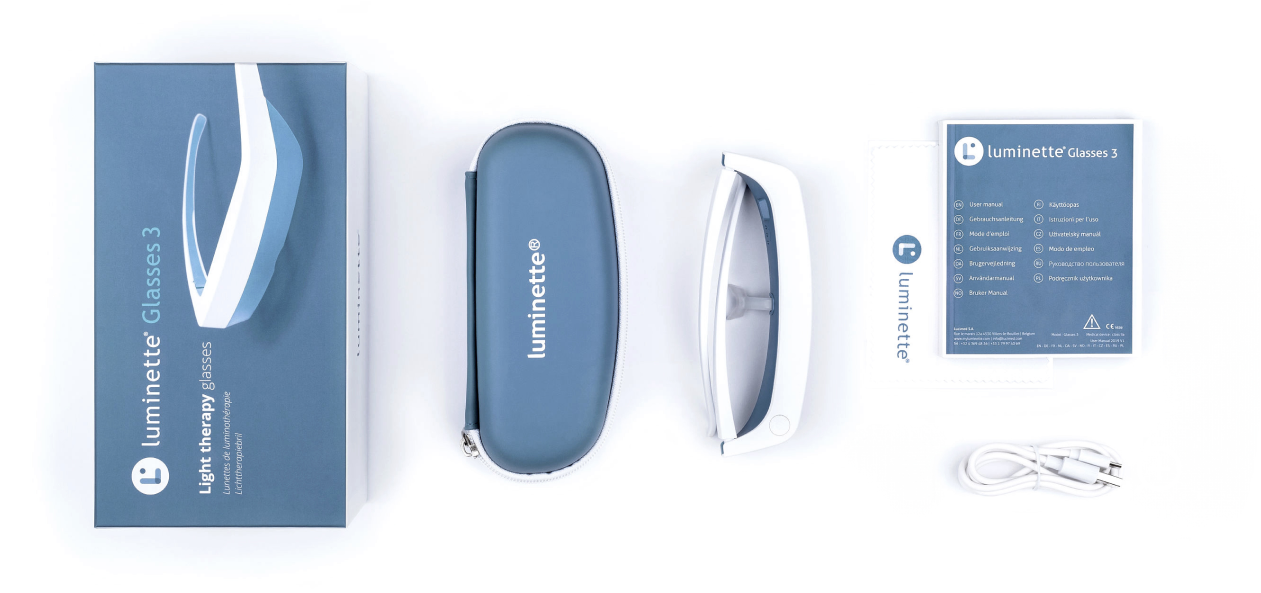
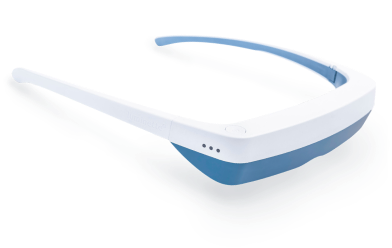


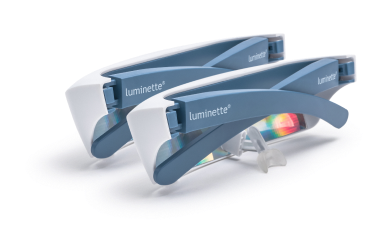
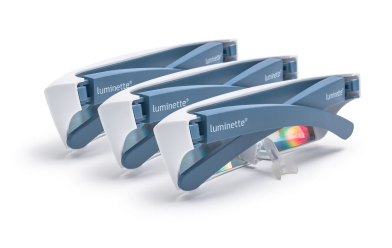
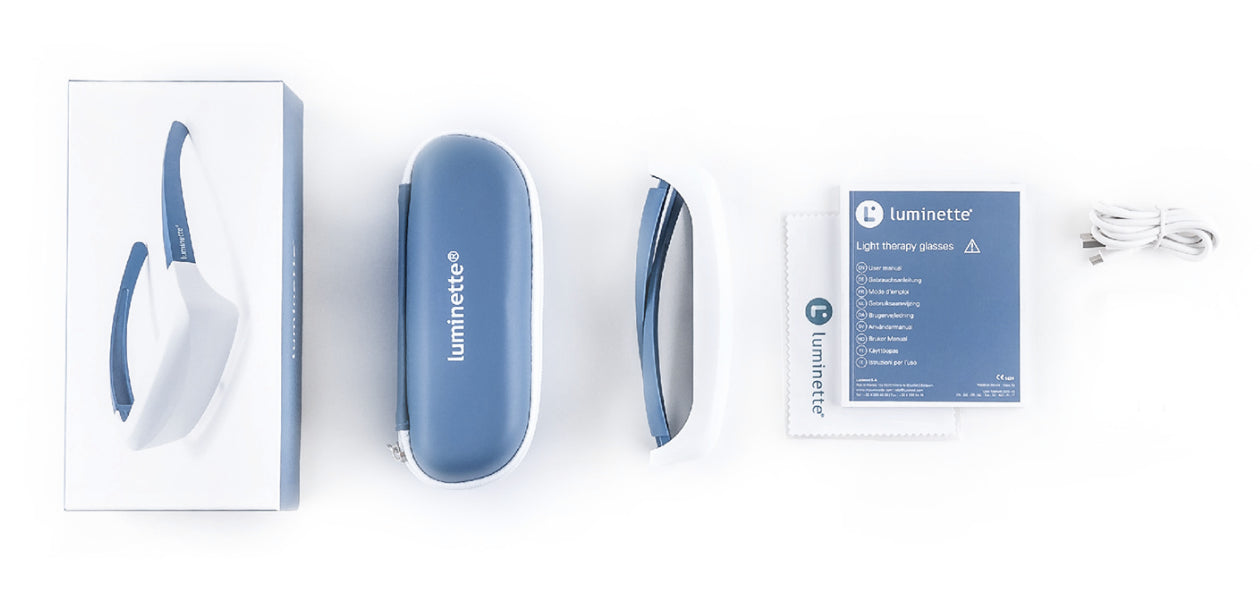
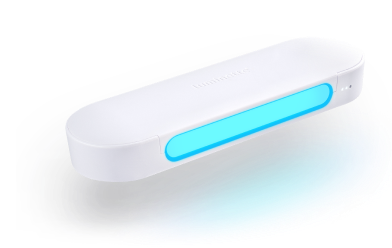
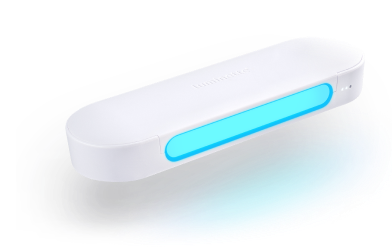
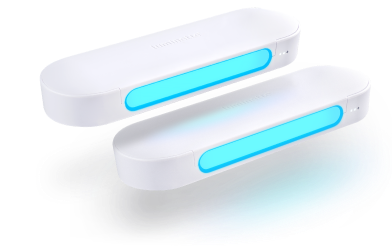
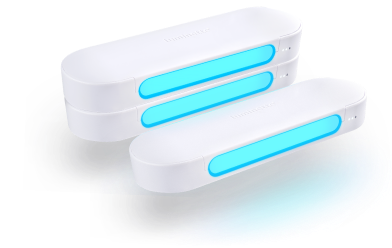
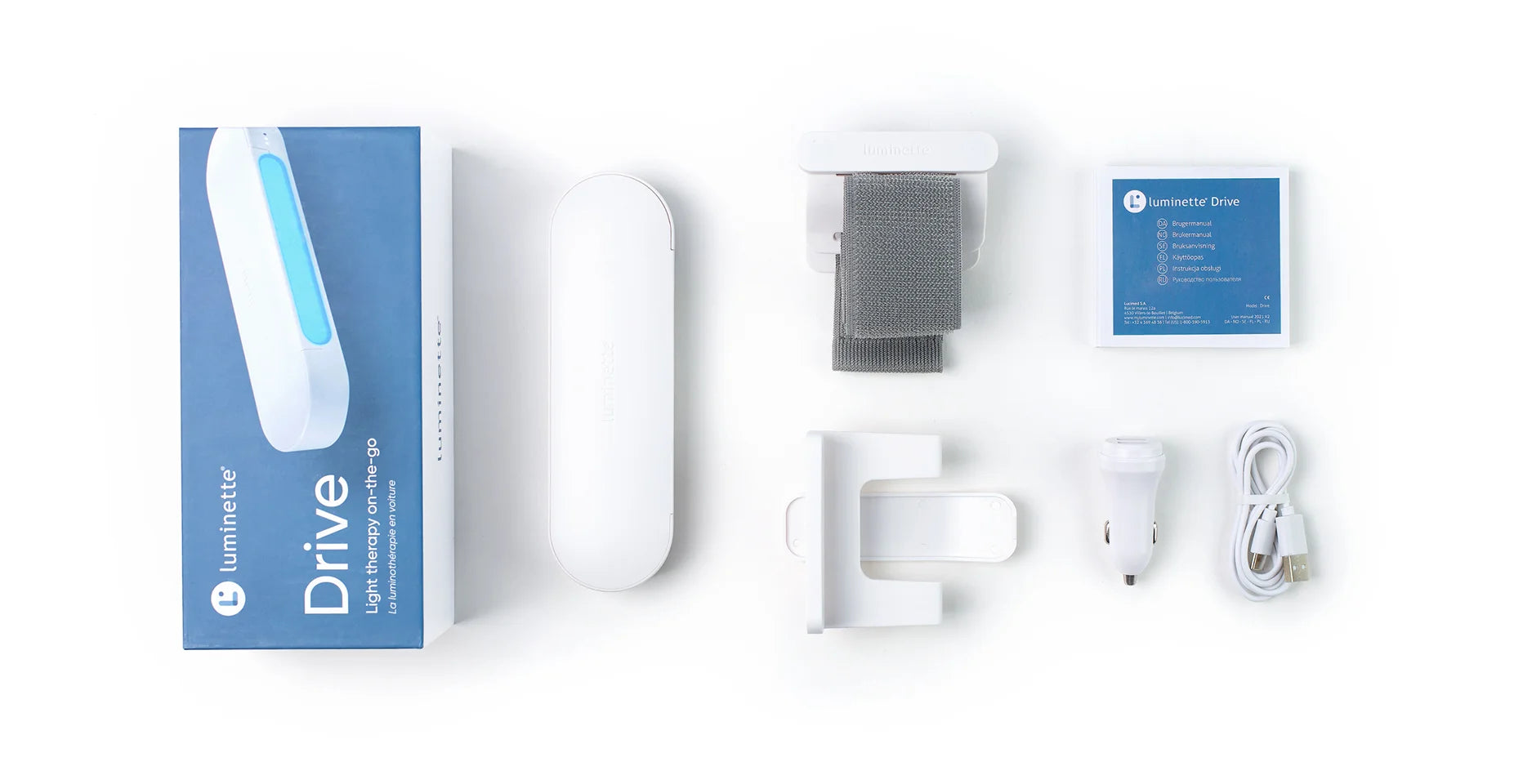

 Please note
Please note


